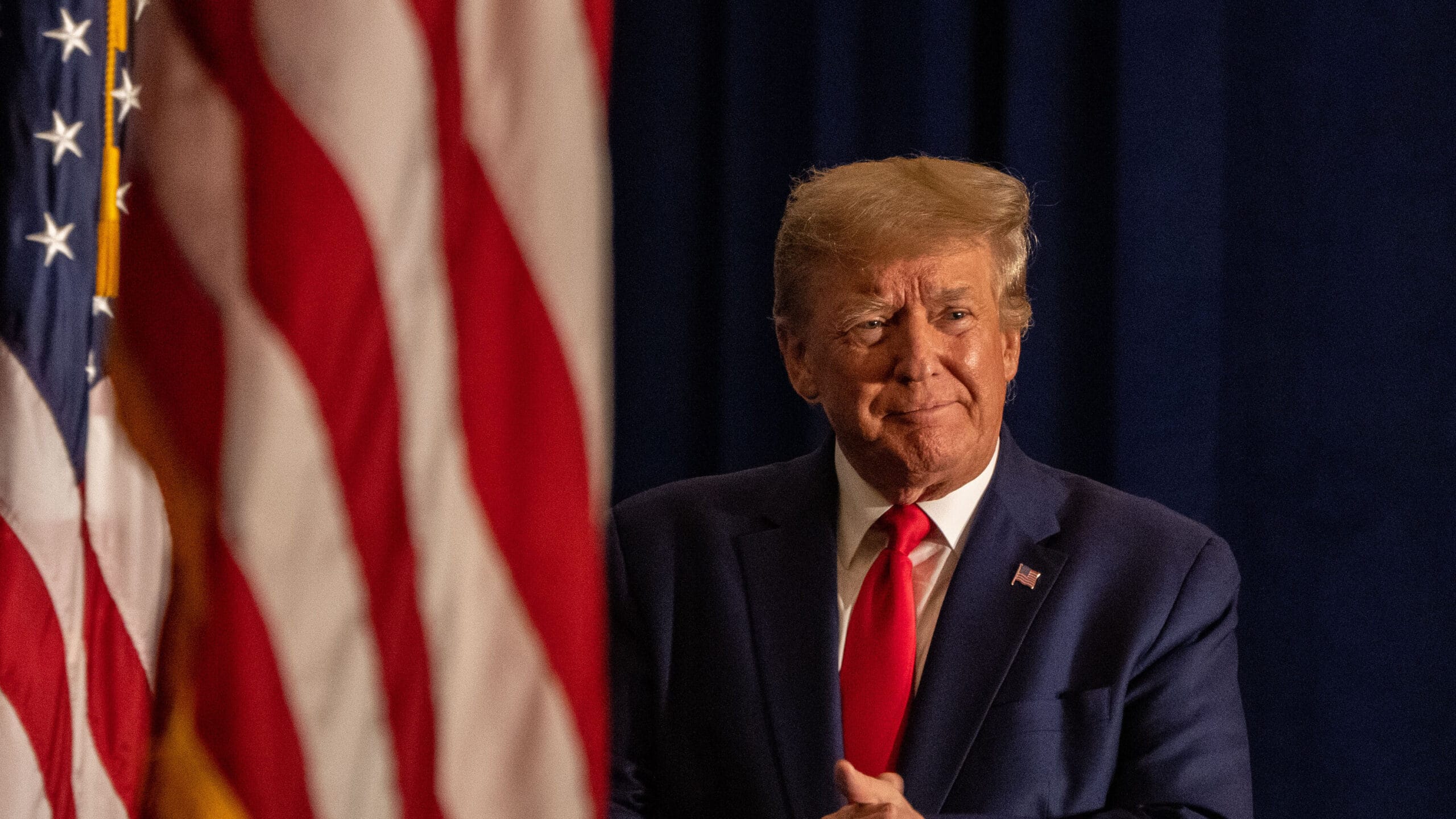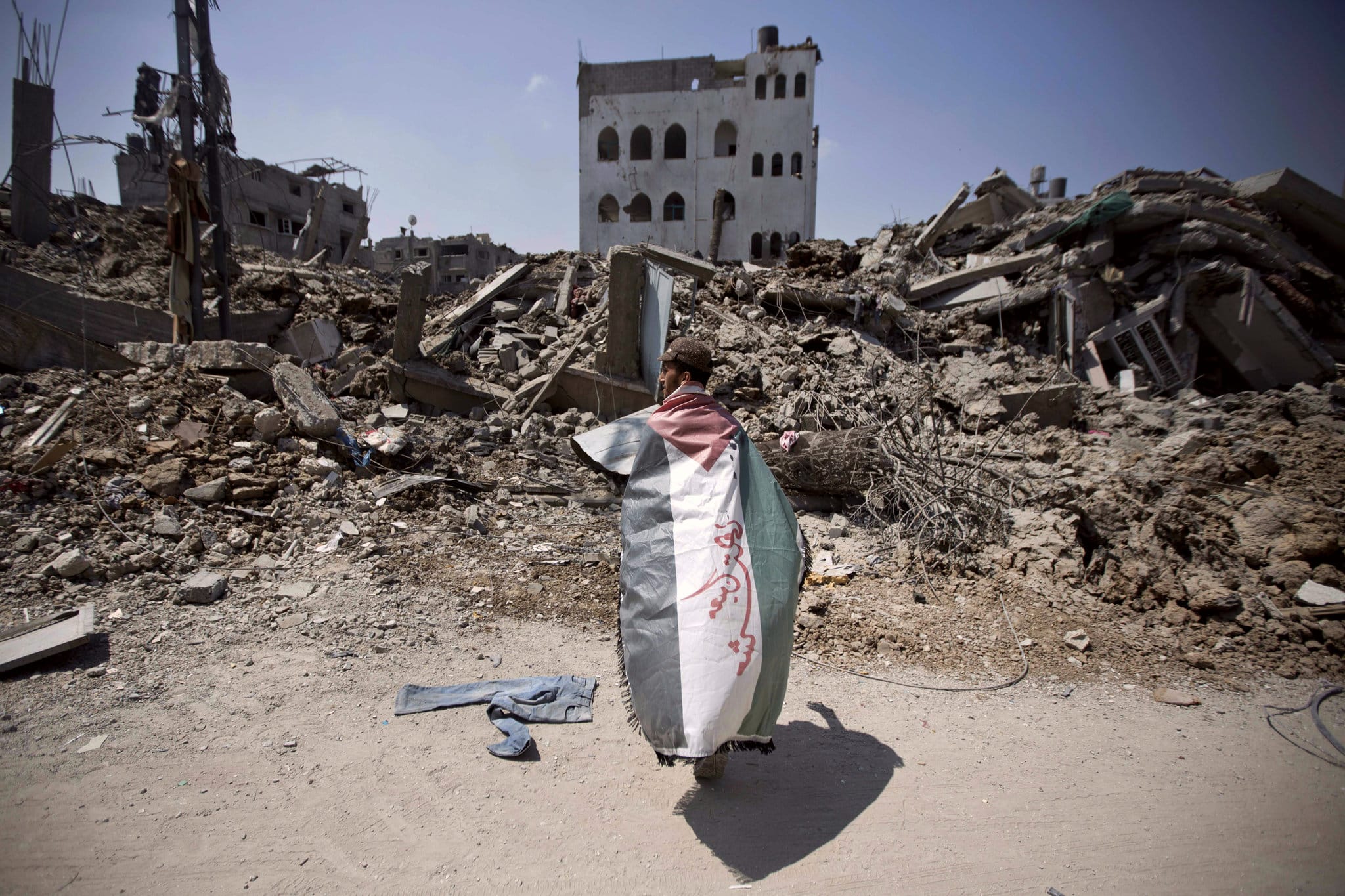The bustling streets of Manhattan, often referred to as the Big Apple, are known for their vibrant energy and iconic landmarks. However, navigating this urban landscape is about to become more expensive for those who opt to drive into the heart of the city. In an effort to alleviate traffic congestion and encourage the use of public transportation, city officials have announced a new initiative that will impose fees on drivers entering the busiest parts of Manhattan during peak hours.
This decision comes as part of a broader strategy to address the challenges posed by increasing traffic volumes in one of the most densely populated areas in the United States. Manhattan’s streets are often choked with vehicles, leading to longer travel times, increased pollution, and a decline in the overall quality of life for residents and visitors alike. By introducing fees for drivers, city planners hope to reduce the number of cars on the road, ultimately making the streets safer and more accessible for pedestrians and cyclists.
The proposed fees will be implemented in designated zones known for their heavy traffic, particularly during rush hours. These zones will be monitored using a combination of technology and on-site personnel to ensure compliance. The cost of entering these areas will vary based on the time of day, with higher fees during peak hours when traffic is at its most congested. This tiered pricing structure is intended to incentivize drivers to reconsider their travel plans, potentially opting for public transit or alternative modes of transportation.
In addition to the financial implications for drivers, this initiative is part of a larger movement towards sustainability and environmental responsibility. By encouraging fewer vehicles on the road, the city aims to reduce greenhouse gas emissions and improve air quality. The funds generated from the fees will be reinvested into public transportation infrastructure, further enhancing the options available to commuters.
While the initiative is still in the planning stages, public response has been mixed. Some residents and urban planners support the move, citing the need for effective traffic management in a city that attracts millions of visitors each year. They argue that the fees will not only reduce congestion but also promote a healthier lifestyle by encouraging walking, cycling, and the use of public transit.
Conversely, some drivers and business owners have expressed concerns about the financial burden that these fees may impose. For many, driving is a necessity, whether for commuting to work, running errands, or transporting goods. Critics argue that the fees could deter visitors and negatively impact local businesses that rely on customer traffic. As the city prepares to roll out this initiative, it will need to address these concerns and find a balance between managing traffic and supporting the local economy.
The implementation of driving fees in Manhattan aligns with similar measures taken in other major cities around the world. Cities like London and Singapore have successfully introduced congestion pricing, resulting in reduced traffic volumes and improved public transport usage. These examples provide a framework for New York City to follow, demonstrating that such initiatives can lead to positive outcomes when executed effectively.
As the city moves forward with its plans, residents and visitors should prepare for the changes that lie ahead. It is advisable for those planning to drive into Manhattan to stay informed about the designated zones and associated fees. Understanding the new regulations will be essential for navigating the city efficiently and avoiding unexpected costs.
In conclusion, the decision to implement fees for drivers entering the busiest parts of Manhattan is a significant step towards addressing the ongoing issues of traffic congestion and environmental sustainability. While it presents challenges for drivers, it also opens up opportunities for enhancing public transportation and promoting alternative modes of travel. As New York City embraces this new approach, it will be crucial to monitor its impact on traffic patterns, air quality, and the overall experience of navigating the Big Apple.



